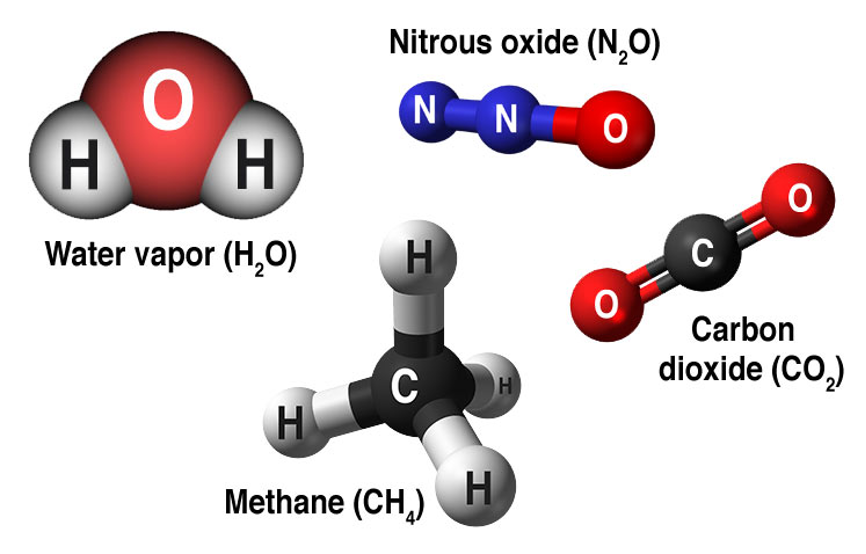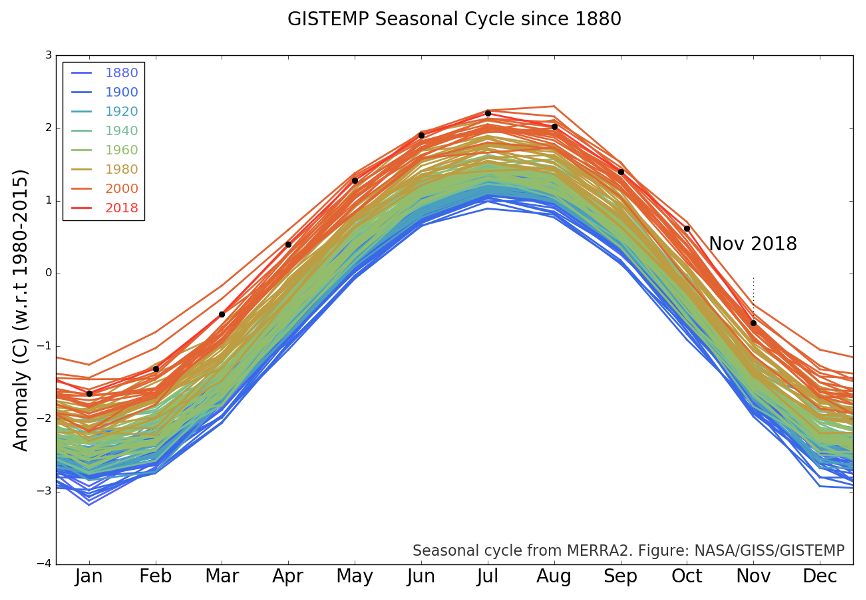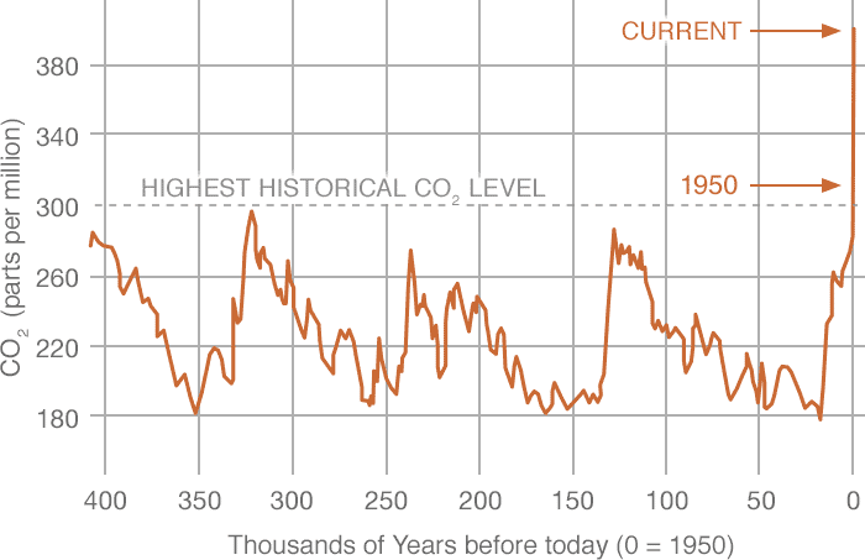historically, climate change has occurred which have marked entire periods of thousands of years. The modern climate, what we consider normal, has existed on our planet for the last 7,000 years.
What is the difference between climate and weather?
When I talk about climate change, I do not mean simply that there is a change in the weather of the last five years or less. The difference between weather and climate is the duration, ie the "time" factor. Climate is simply the average time of an area for a long time, often set at 30 years.
Why is the Earth's climate changing?
The temperature of the Earth depends on the energy balance between the incoming solar energy in our planetary system (in the form of incoming solar radiation) which for the sake of simplification we say is absorbed, reflected and emitted.
In general, climate change dating back to before the Industrial Revolution, around 1700 BC, has exclusively natural causes. These are:
Changes in solar energy reaching the Earth,
changes in the reflectivity of the Earth's surface,
the volcanic eruptions. They contribute in two ways, initially creating particles that reflect the incident sunlight, not absorbing its energy and thus cooling the planet. And, secondly, by releasing large amounts of greenhouse gases, thus contributing to global warming.
The natural changes in the concentrations of greenhouse gases, which affect the amount of heat retained by the Earth's atmosphere.
Climate change - The human factor
Recent climate change, however, is largely due to natural causes related to human activity and how it enhances the greenhouse effect.
The greenhouse effect is the reason why life on our planet exists, or at least as it has been shaped to date. Without this mechanism that produces the "blanket" that embraces the Earth, the temperatures of the planet would approach -20 oC.
The average temperature of the Earth has been rising since the time of the Industrial Revolution due to increasing greenhouse gas emissions with the main ones being CO2, methane NH4 and nitrogen dioxide NO2. Also, the gas with the highest concentration in the atmosphere that affects the greenhouse effect, and which increases as the planet's climate becomes warmer is H2O water vapor.

Climate Change: Vital Signs of the Planet. (2019). Climate change causes: A blanket around the Earth. [online] Available at: https://climate.nasa.gov/causes/ [Accessed 18 Jan. 2019].
From 1880 to 2015 the average global temperature of the Earth's surface increased by 0.9 οC. In 2016, our planet experienced the third consecutive warmest year since the recording and keeping of records of global temperatures began. Scientists agree that these changes are responsible for the rapid increase in greenhouse gas emissions.

Data.giss.nasa.gov. (2019). Data.GISS: GISS Surface Temperature Analysis: Analysis Graphs and Plots. [online] Available at: https://data.giss.nasa.gov/gistemp/graphs/ [Accessed 18 Jan. 2019].
The picture above shows the diagram analysis of the periodic cycle of the Earth's surface temperature from 1880 until today by the Goddart Institute for Space Studies.
Who is responsible for the measurements?
Global temperature measurements come from four different sources:
NOAA - National Oceanic and Atmospheric Administration (USA)
GISS - NASA Goddard Institute for Space Sciences (USA)
Japan Meteorological Agency (Japan)
Met Office Hadley Center in collaboration with the University of East Anglia’s Climatic Research Unit (UK).
The increase in temperature follows the upward trend of CO2 concentration which has skyrocketed from 1950 to the present (69 years). The diagram above clearly shows that for 400,000 years the levels of carbon dioxide had never exceeded 300 ppm (parts per million). This means that in 1,000,000 parts of ambient air - it does not matter if it is grams or kilograms or liters - the average CO2 content of ambient air has never exceeded 300 parts.

Climate Change: Vital Signs of the Planet. (2019). Carbon dioxide concentration | NASA Global Climate Change. [online] Available at: https://climate.nasa.gov/vital-signs/carbon-dioxide/ [Accessed 18 Jan. 2019].
All of the above information may be simple but it is the basis of the complex issue called "climate change", a term that while widely used and concerns us all, many - even energy professionals - ignore.











